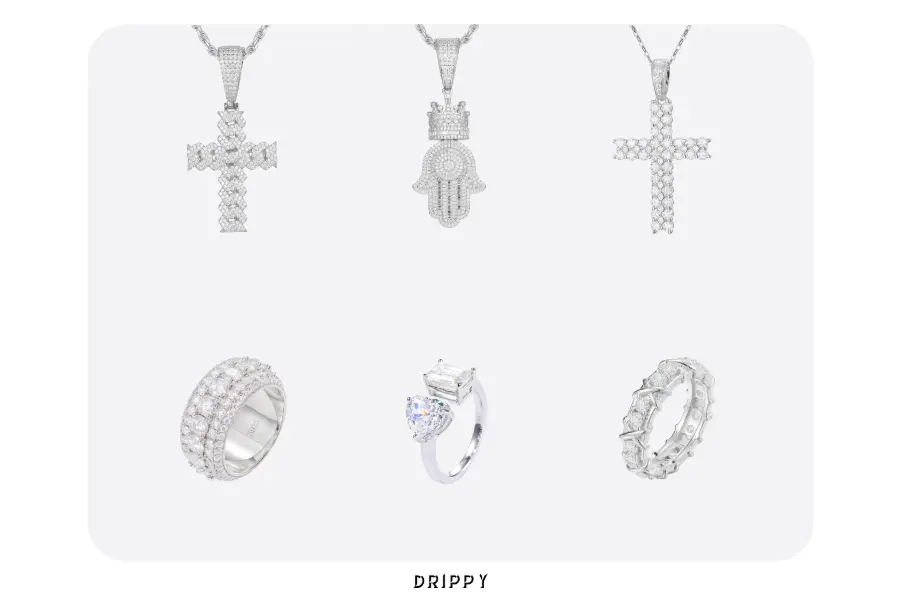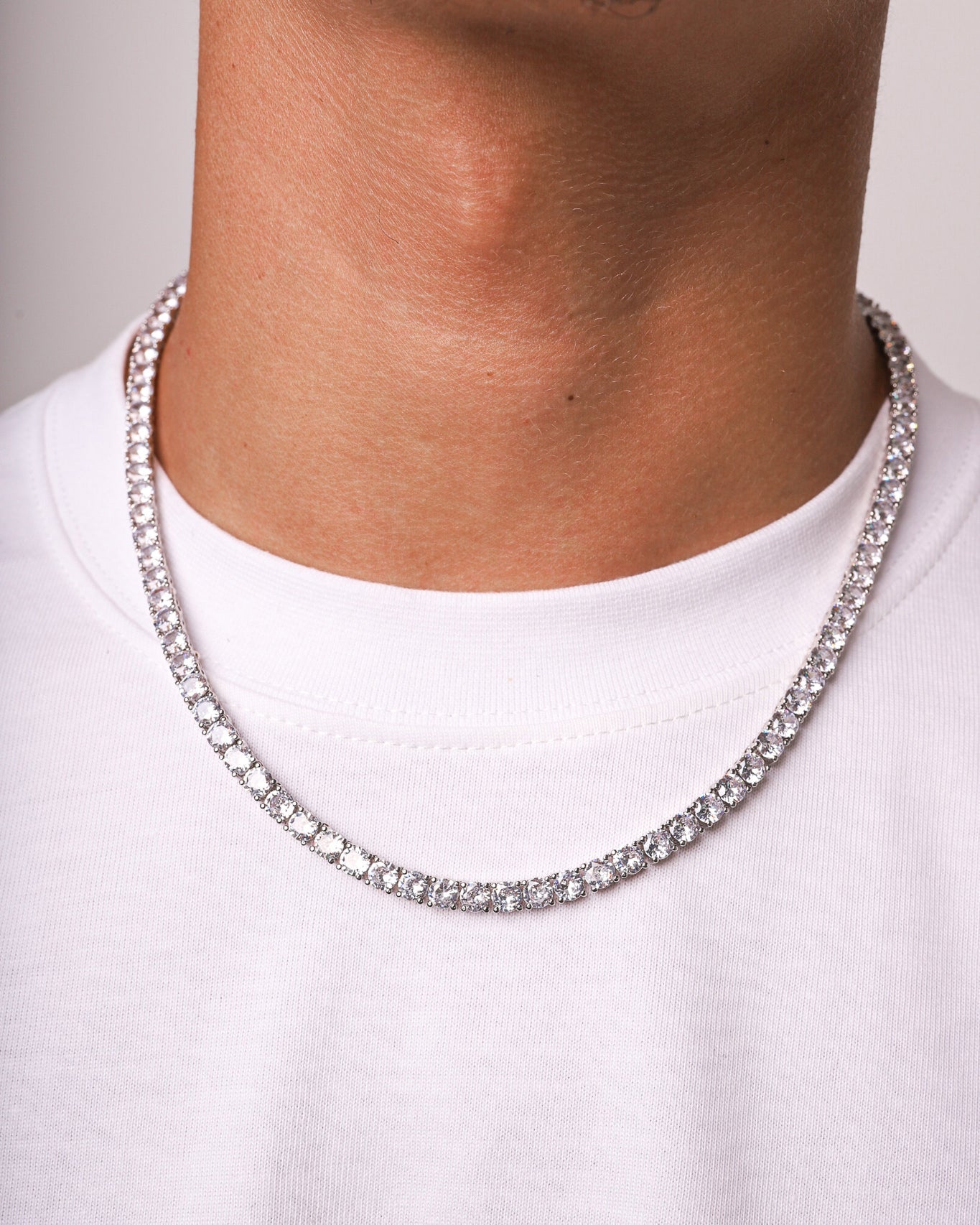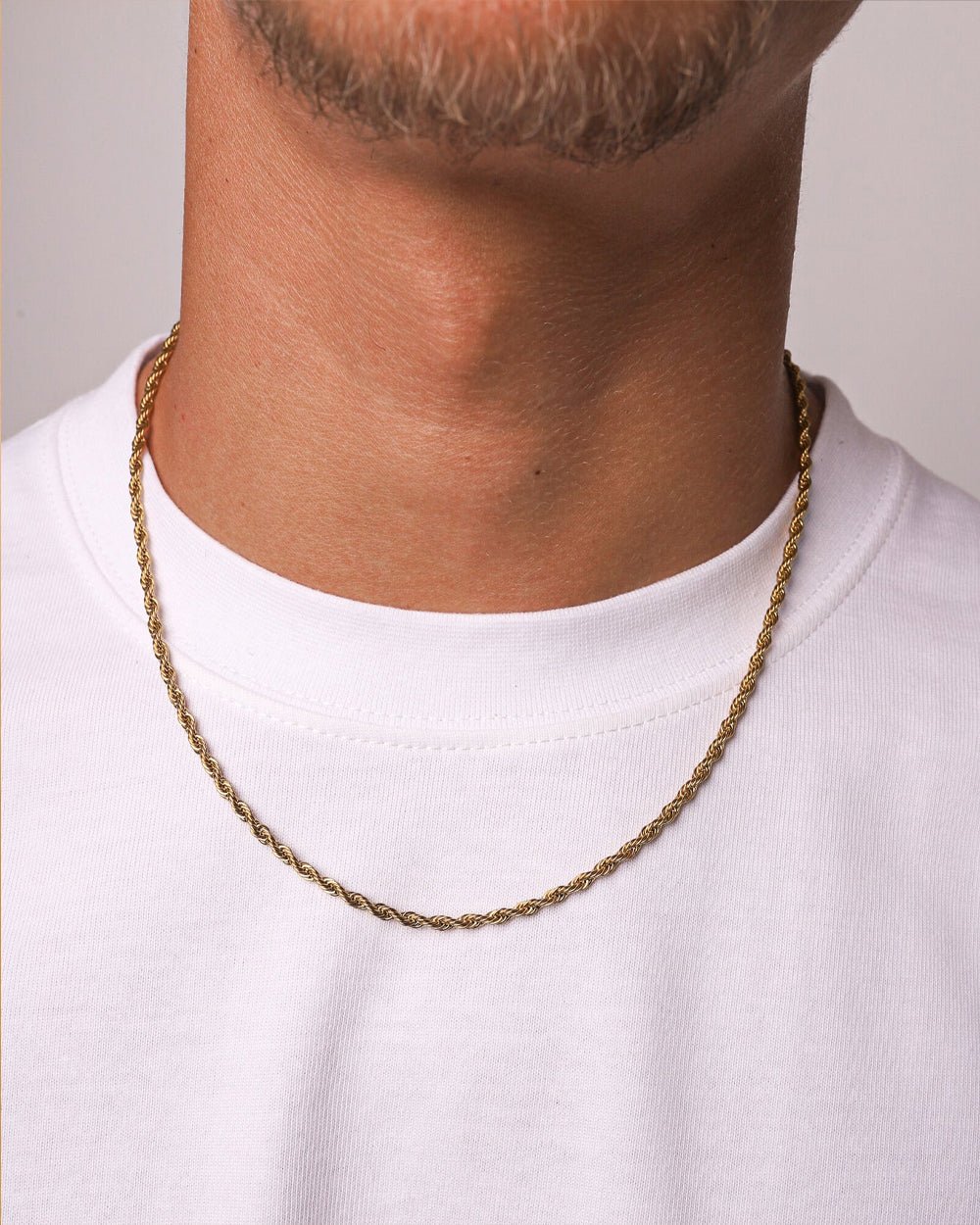Moissanite vs. Diamonds: Understanding the Value and Brilliance Behind Moissanite Jewelry
In a landscape where diamonds reign supreme, symbolizing the pinnacle of luxury and undying affection, moissanite steps into the spotlight. This gem dazzles, winning over admirers with its incredible luster and worth. So, what distinguishes these two shimmering jewels, and how has moissanite swiftly climbed the ranks of desirability?
Shop our Moissanites right here
The Rising Popularity of Moissanite
Moissanite, once a hidden gem, has now captured hearts as a preferred diamond alternative. Famous for its diamond-like sparkle but unique on its own, it shines brightly without breaking the bank. Its allure lies in its cost-effectiveness, charming those who desire luxury but at a more accessible price.
Moissanite’s surge in popularity also stems from its ethical origins. It avoids the shadow cast by diamonds, which face scrutiny for conflict sourcing and environmental harm. Made in labs with little environmental toll, moissanite meets the eco-conscious standards of an increasing pool of shoppers who place a premium on sustainable buying.
Comparing Moissanite and Diamonds: What Sets Them Apart
To tell moissanite from diamonds, a few crucial elements matter. Firstly, how they’re made: diamonds form in nature, moissanite mostly in labs. This difference ties to their eco-effect; digging up diamonds hurts ecosystems, making moissanite in labs does much less harm.
Moissanite shines bright with a vibrant, rainbow-like flair, setting it apart from the traditional diamond gleam. Its standout shimmer comes from a higher refractive index, gifting it that special, captivating glow.
Diamonds top the Mohs scale with a solid 10, earning the title of hardest mineral. Moissanite trails slightly at 9.25, but it’s still tougher than most gems, ideal for everyday use.
The Environmental Impact of Moissanite vs. Diamonds
Eco-aware shoppers now value moissanite highly due to its gentle impact on the planet. Crafting moissanite demands far fewer resources and causes minimal ecological harm, unlike diamond mining. It stands out as the greener option.
Moissanite jewelry has a small carbon footprint, unlike the energy-guzzling, risky process of mining diamonds. Choosing moissanite shows a love for both style and Earth.
Making the Choice: Why Moissanite Is Gaining Ground
Choosing between moissanite and diamonds boils down to personal values and tastes. Moissanite shines with unmatched brilliance and brings peace of mind with its eco-friendly creation, making it perfect for those who value both aesthetics and ethics.
Moreover, the cost-effectiveness of moissanite allows for larger, more stunning pieces within the same budget, making it an attractive option for significant jewelry acquisitions, such as engagement rings or anniversary gifts. The assurance of durability also means moissanite pieces are to be cherished for generations.
Moissanite’s affordability means you can get bigger, eye-catching pieces without breaking the bank. Perfect for special buys like engagement rings or anniversary presents. Plus, its lasting quality ensures these treasures can be passed down through generations.
Gemstone tech keeps evolving, making moissanite more attractive. It introduces new shapes and colors to please many tastes. This cements its spot as a favorite diamond alternative.
Gemstone technology is always advancing, enhancing moissanite’s appeal. It brings fresh shapes and hues to match diverse preferences, solidifying its position as a top choice for those seeking an alternative to diamonds.
Wrapping up our journey through the mesmerizing realm of moissanite and diamonds, we find that moissanite pieces shine bright with allure, eco-friendliness, and worth, hitting the mark for the modern, mindful shopper. Be it an engagement ring, a thoughtful present, or a self-indulgence, moissanite emerges as a radiant pick that meshes with your ethics and wishes.
TRENDING NOW
DRIPPYFAM FAVORITES

















